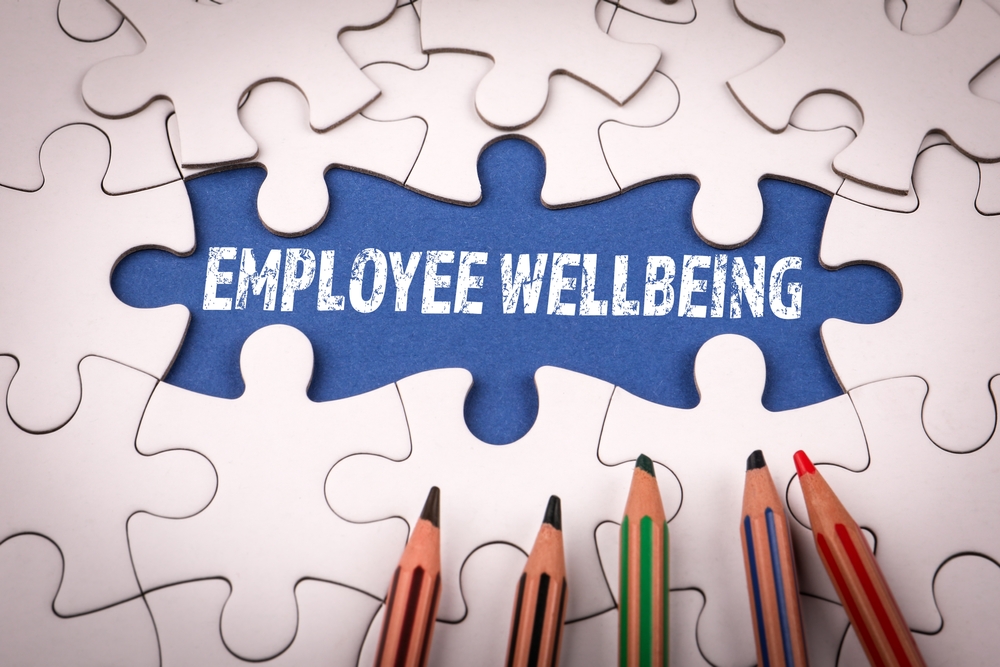Last week I posted a poll, asking people to tell me how often they take a lunch break. Thank you to everyone who responded! Just over half of the 17 respondents take a lunch break every day, which is great to see! If you manage to have a daily lunch break, please post in the comments to tell us what helps you to do this consistently. Just over 10% only ever eat at their desks, while just under 20% never or rarely take a lunch break. In a world where absenteeism, presenteeism and burnout are ever increasing (CIPD, 2023), whether we’re able to take breaks in our working day is a hot topic.
It is worth noting that while I’m highlighting the idea of a traditional ‘lunch break’ here, we’re really talking about taking breaks more generally, whether or not you’re stopping to eat a meal.
Your brain lies to you
Many of us work in very stressful, high-pressure jobs. What we must remember is that our brains evolved to focus on threat – this is the best way to stay alive in a dangerous world. But this cognitive bias causes your inner voice to lie to you. “You don’t have time to stop for lunch! Don’t take a break! You have far too much to get through!” Sound familiar? Your brain is trying to help by keeping you focused on the threat (workload, deadlines, etc.), but in these moments you’re not seeing the bigger picture.
Your to-do list is supposed to always have things on it, that’s the point of a to-do list! The day your to-do list is all crossed off is the day you leave your job. I speak to many people who could theoretically work 24 hours a day and still never get through all the tasks on their to-do list. That shouldn’t be our goal. Countless studies have shown that when your brain is in a state of high stress, it is less able to think flexibly, be creative, and make good decisions. Concentrating intensely for many hours without a break will leave you in a state of cognitive fatigue, impairing the quality of your work. So, this poses a different goal: how can you work most effectively and efficiently? Approaching this goal reveals that you don’t have time NOT to have lunch.
Flipping the narrative
When your brain is anxiously telling you that there is no time to stop for a break, it is important to zoom out and see the bigger picture. Taking a break will support your brain to recharge and your nervous system to downregulate. Moving around and eating nutritious food will also boost your energy and support your physical wellbeing (in turn supporting your mental wellbeing). This means that when you come back, you will be refreshed to carry on and work more productively and effectively. Try to come up with a compassionate response that you can push back with, as if you’re talking to the anxious/stressed part of your brain e.g. “right, I know it feels like there is no time to stop, but I know that I’ll feel better and get more done once I’ve had some food and a quick reset – this is an investment of time, not a waste of time”.
At first this will feel very difficult; you’re trying to override evolution! If you work in a workplace culture that normalises not taking a lunchbreak, it will be especially difficult. But over time, you will retrain your brain and the anxiety will reduce. You’ll start to live in a new normal and wonder how you ever managed to get through a day without your break!
How to have lunch
- Don’t give up! I speak to many people who have entirely given up on the concept of taking a break in their working day. Once you’re in that mindset, that’s a fast road to burnout. If you’re rarely taking a lunchbreak now, you are unlikely to suddenly start taking 30 minutes every day, but you have to start somewhere.
- Be realistic with your goal. When we’re trying to change behaviour, making little changes and being consistent with them is usually the best way to achieve success. Can you try to take a 10 minute break 3 times a week? Then build up to 15 minutes? Or add an extra day?
- Put it in your calendar. And add a reminder notification! This helps you to remember to take a break and plan around it. It also demonstrates to colleagues that you are taking your wellbeing seriously – be the one to start the culture shift!
- Be flexible. Life happens, urgent things come up and people put meetings in our diaries. If you have had to work through your planned lunch break and it’s suddenly 3pm, take 10 minutes then. Even if you just take a 5 minute walk around the block, it’s better than nothing. It is small consistent efforts that are key to successfully building a habit.
- Plan ahead. Think ahead about what you might want to eat, something you’ll look forward to. If there is something tasty in the fridge you may be more motivated to stop to have it. If food isn’t your thing and it’s more about getting away from your desk, plan small tasks like going to the post office – things you do need to do that will make you take that break.
- Get someone to hold you accountable. Get some buddies in the office (or from nearby workplaces) who also want to do this and agree to meet them for coffee or lunch at a specific time. We’re far more likely to follow through with something if not going will result in letting someone else down. This has the added benefit of connecting you to social resources which also supports our wellbeing.
- Turbocharge your break. I’m guilty of spending my lunchbreak reading a different set of stressful personal emails or trying to make calls to resolve non-work-related commitments. This isn’t really a break. If you genuinely want to come back refreshed, research shows that just zoning out is extremely beneficial for our brain. Spend 5 minutes just daydreaming, or eating mindfully, or walking down the road and actually paying attention to the world around you.
- Try it as an experiment. Just for a week – what have you got to lose? If at the end of the week, taking breaks has ruined your productivity and you’ve seen no benefit, then you never have to take a lunch break again. But, if you’re seeing any positive benefits, keep going!
More to come… this article offers some behavioural and mindset tips to get you started, but human beings are complicated and this isn’t the whole picture. Stay tuned for more content on topics such as work/life balance, concentration and attention span, prioritising your workload, how to say no to your manager, work addiction, and understanding presenteeism.






